In the 11 years of America's post-9/11 wars, drones have emerged as a seemingly perfect weapon for fighting elusive enemies. Able to stay aloft for a full 24 hours or more, the unmanned airplanes are favorites for monitoring and sometimes killing insurgents while keeping humans out of harm's way. One analyst, however, is calling into question one of the drones' most-frequently cited advantages: cost.
In a series of articles for Time's Battleland blog, Winslow Wheeler of the Center for Defense Information has begun investigating the budget impact of building America's drone fleet, which he claims is far more expensive than previous figures have stated.
"Various media reports cite a per-unit cost from $4 million to $5 million. They are quite incorrect," Wheeler wrote on Tuesday in the second part of his five-part series. Using the example of the MQ-9 Reaper drone, which entered service in 2007, he estimated the true cost of the aircraft at a stunning $120.8 million dollars.
Part of the reason for the gap, according to Wheeler, is that other estimates ignore the support costs required to keep drones flying. Because the airplanes are piloted remotely from a Nevada Air Force base, they need large amounts of ground equipment to transmit and receive flight data. Wheeler argues that since drones cannot fly without such infrastructure, it must be included in their price tag.
The drones also deploy in groups of four, called Combat Air Patrols, which the Air Force considers the basic unit of unmanned aircraft. Wheeler's $120.8 million estimate is based on a CAP of Reaper drones, meaning four aircraft and all of the support required to keep them flying.
According to Wheeler, the revised number is well above the yearly cost of the manned airplanes that some defense analysts say should be scrapped in favor of drones. Available figures, he wrote, put the cost of the widely-used F-16 fighter at around $27 million in 2012 dollars, while the A-10 runs only $18.8 million.
The A-10, which provides air support for ground units, is a particular favorite among soldiers and Marines. The Air Force announced last month that it would eliminate five of its A-10 squadrons as part of Pentagon budget cuts.
Wheeler also debunked the notion that the drones are cheaper to fly on missions. While the Reaper's per-hour cost is cheaper than manned fighters, their missions are drastically longer, meaning that overall costs stay high. Wheeler estimated that a CAP of drones would cost around $20 million per year to operate, around four times as much as the F-16 or A-10.
Wheeler admitted in the article that many of the figures are incomplete because many military budget numbers are unavailable, but firmly backed the idea that the hidden costs of drones are large and obvious. "Reaper is not cheaper to buy than aircraft it is compared to," he concluded. "It is multiples more expensive: from two to six times more costly."
Wheeler wrote that he would cover other problems with the drone program throughout the rest of the week.